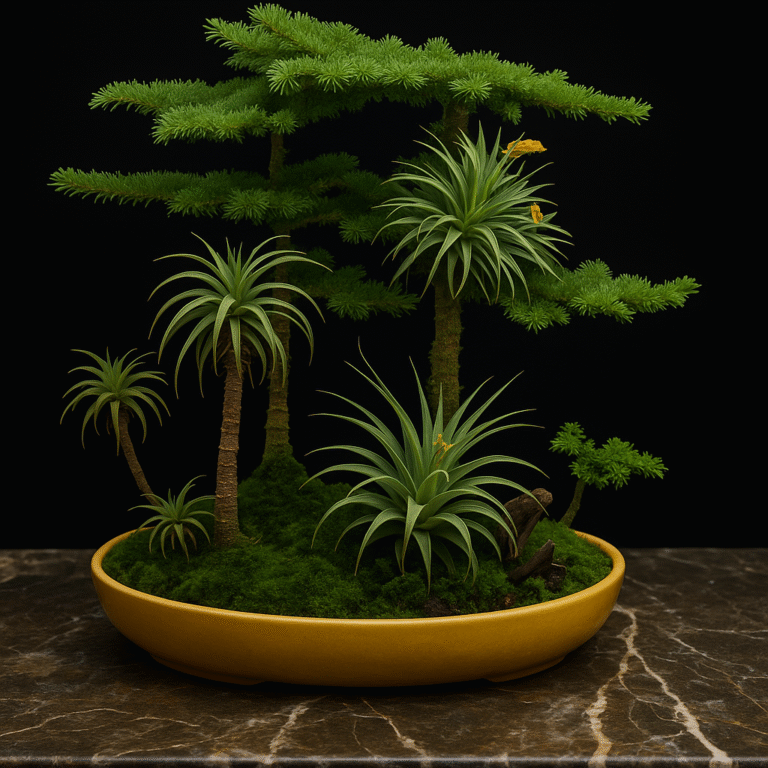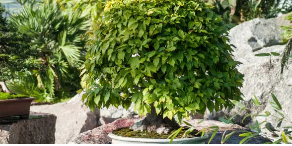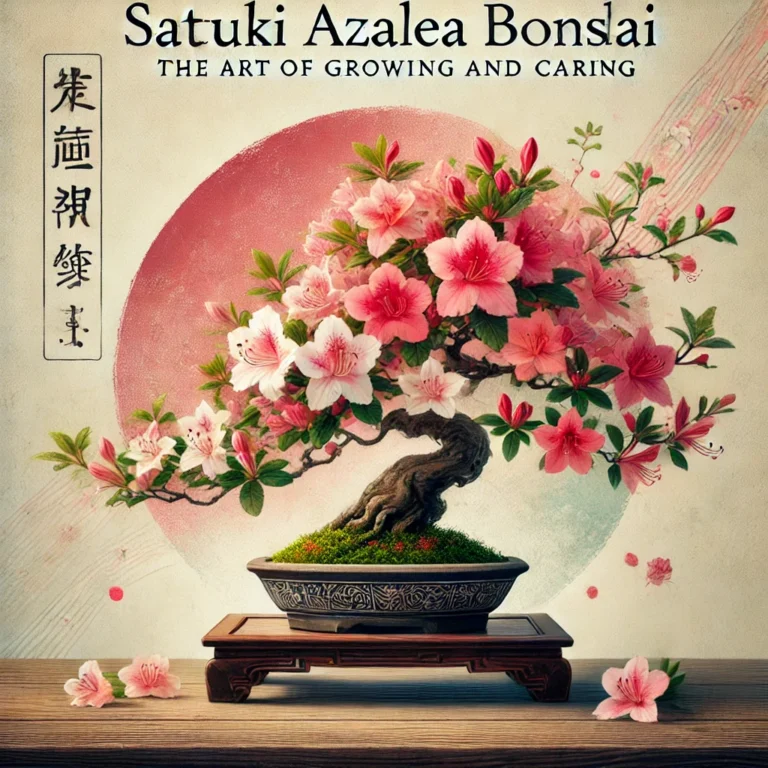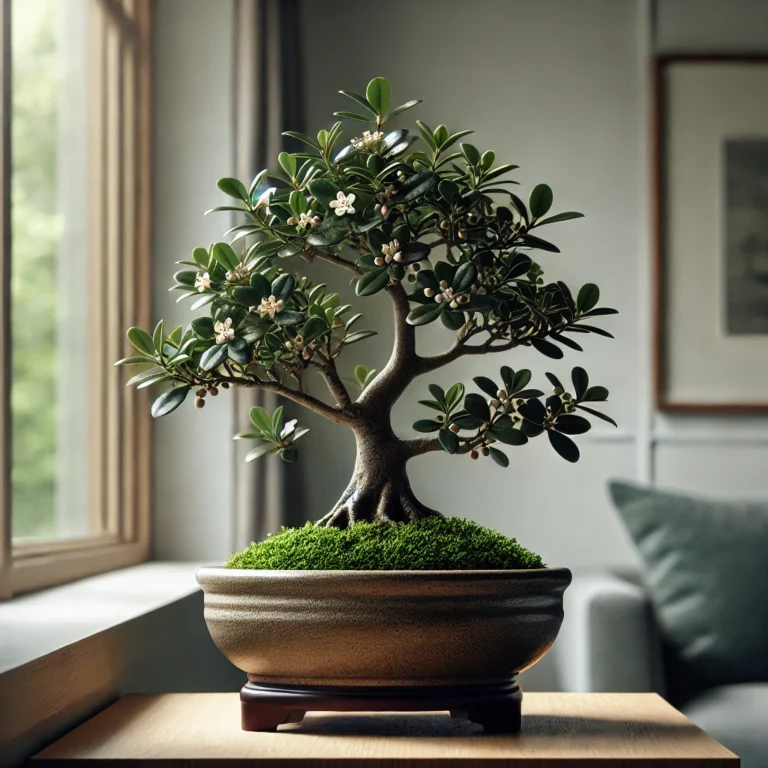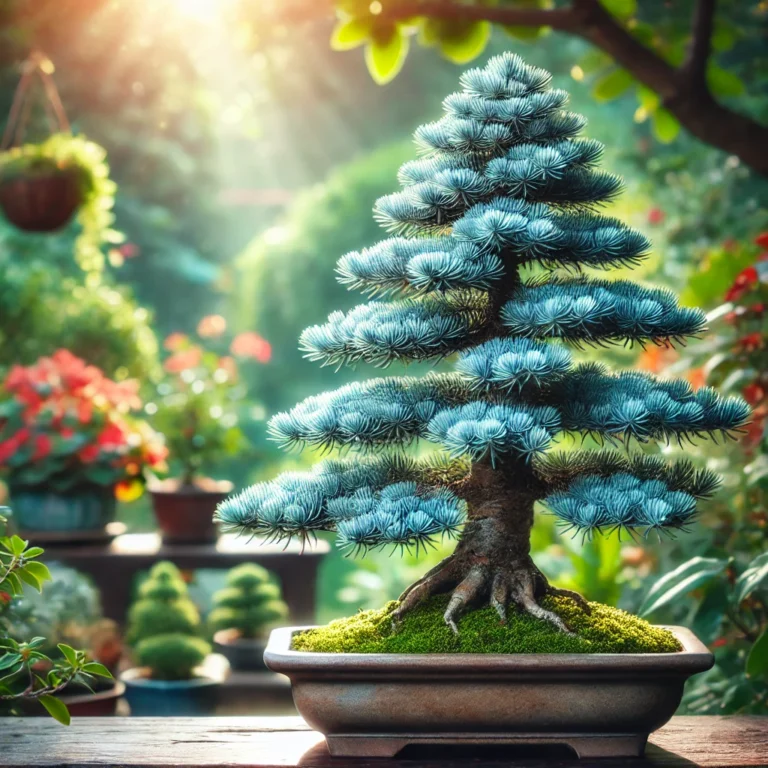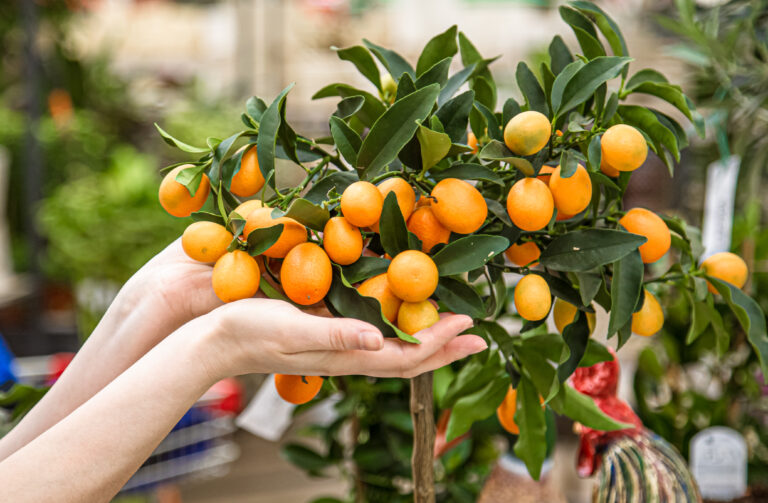Australian Umbrella Tree Bonsai: A Complete Guide
The Australian Umbrella Tree bonsai (Schefflera actinophylla) is a beautiful, tropical tree native to Australia and some parts of New Guinea. Known for its stunning, umbrella-shaped leaf clusters and versatility as an indoor plant, it’s gaining popularity among bonsai enthusiasts for its unique aesthetic appeal and adaptability. Though it requires specific care to maintain its size and health as a bonsai, this plant can bring a striking, vibrant touch of nature into any indoor space. This guide will walk you through everything you need to know about growing an Australian Umbrella Tree as a bonsai, from its origin to detailed care techniques and tips for styling.
Origins and Characteristics of the Australian Umbrella Tree
The Schefflera actinophylla, commonly known as the Australian Umbrella Tree or Octopus Tree, belongs to the Araliaceae family. Naturally, it can grow up to 50 feet tall in its native tropical habitats. However, it is usually grown indoors as a houseplant due to its ability to adapt to indoor conditions. Its unique, compound leaves form clusters resembling an open umbrella, each leaf shaped like a paddle, which is why it’s commonly called the “Umbrella Tree.” The leaves’ glossy, vibrant green appearance adds an exotic, lush vibe, making it a desirable candidate for bonsai cultivation.
The Umbrella Tree takes on an entirely new character when grown as a bonsai. With careful pruning, it can be maintained as a compact, beautiful miniature tree with elegant leaf clusters that give it a distinctive look among bonsais.
Basic Requirements for Growing an Australian Umbrella Tree Bonsai
The Australian Umbrella Tree is relatively low-maintenance compared to other bonsai species, yet it does require specific conditions to thrive in its miniature form. Here’s what you need to know:
Lighting:
While this plant prefers indirect sunlight, it’s remarkably adaptable to low-light conditions, which is beneficial for indoor growers. Position your bonsai near a window that receives bright, filtered sunlight, but avoid direct sun exposure, as it can cause leaf burn. If your home has low natural light, consider using a grow light to supplement its needs.
Temperature and Humidity:
As a tropical species, the Australian Umbrella Tree enjoys warm, humid conditions. Ideal temperatures range from 60-75°F (15-24°C). While it can tolerate slightly cooler temperatures, avoid prolonged exposure to cold drafts, which can cause stress and leaf drop. Misting the leaves periodically or placing a humidity tray under the pot can help mimic its natural environment.
Watering:
Watering is perhaps one of the most crucial aspects of caring for this bonsai. Australian Umbrella Trees require consistently moist soil but are prone to root rot if overwatered. Water the plant thoroughly, ensuring water flows out of the drainage holes. Reduce watering in winter, allowing the soil to become slightly drier between watering sessions.
Soil:
A well-draining, lightweight bonsai mix is essential to prevent waterlogging. A mix containing peat moss, pine bark, and perlite or pumice works well, providing the tree with both moisture retention and adequate drainage.
Fertilization:
To maintain vibrant, healthy foliage, use a balanced, liquid fertilizer once every two weeks during the growing season (spring and summer). In fall and winter, reduce fertilization to once a month or stop altogether.
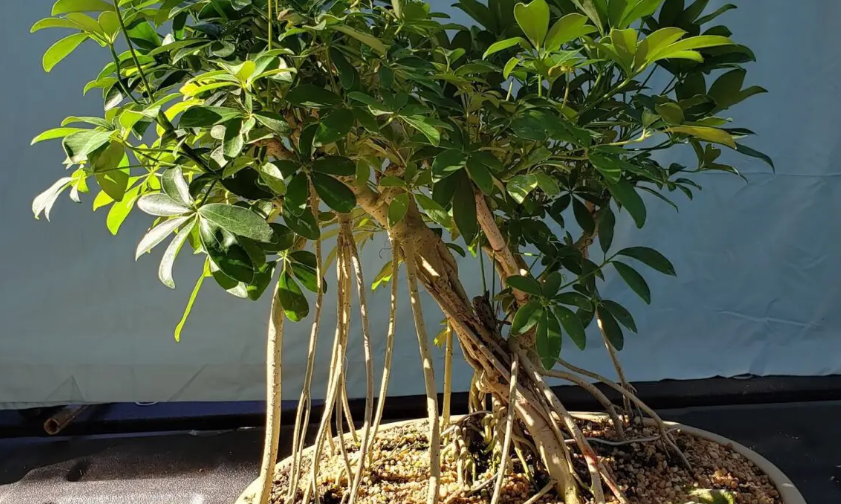
Training and Pruning Techniques for the Australian Umbrella Tree Bonsai
One of the joys of cultivating bonsai is the ability to shape the tree to reflect one’s aesthetic preferences. Here are some essential techniques for shaping and maintaining the compact size of the Umbrella Tree:
Pruning for Shape Control:
Regular pruning is necessary to maintain the bonsai’s shape and encourage branching. Schefflera species naturally tend to grow tall and spread out, so it’s important to pinch back new shoots regularly. This encourages a bushier, more compact appearance and prevents the tree from growing too tall. To shape the plant, pinch off the topmost leaves and stems to stimulate horizontal growth.
Defoliation for Leaf Reduction:
The leaves of the Australian Umbrella Tree are relatively large, which can make it challenging to achieve the classic bonsai aesthetic. Defoliation, a technique that involves removing leaves to encourage smaller ones to grow in their place, can be effective for this plant. However, only perform defoliation when the plant is healthy and during the growing season to avoid excessive stress.
Wiring for Branch Positioning:
Unlike traditional bonsai species, the branches of an Umbrella Tree are somewhat brittle, so wiring should be done cautiously. Rather than wiring, consider using guy-wiring or pruning to shape the plant. If you do wire, use soft aluminum wire, and avoid wrapping too tightly. Monitor wired branches to prevent cutting into the bark as they grow.
Root Pruning:
Every two to three years, repotting and root pruning are necessary to maintain a healthy bonsai. During this process, carefully trim back around one-third of the root system. This helps to prevent the tree from becoming root-bound, allowing it to absorb nutrients and water more efficiently. Use a fresh, well-draining bonsai soil mix when repotting.
Common Pests and Diseases
The Australian Umbrella Tree is relatively resilient but can still fall victim to certain pests and diseases. Here’s what to watch out for:
- Spider Mites: These tiny pests thrive in dry conditions and can cause yellowing or speckled leaves. Regular misting and increasing humidity levels can deter spider mites. If an infestation occurs, treat it with insecticidal soap or neem oil.
- Mealybugs and Aphids: Mealybugs and aphids can sap nutrients from the leaves, weakening the plant. They are generally visible and can be removed manually or treated with insecticidal soap.
- Leaf Spot and Root Rot: Overwatering or poor drainage can lead to root rot and fungal diseases. Ensure proper drainage in the soil and avoid overwatering. If leaf spots or yellowing appear, improve ventilation and reduce watering.
Seasonal Care and Adjustments
Caring for an Australian Umbrella Tree bonsai requires some adjustments across different seasons:
- Spring and Summer: The tree enters its active growing season, so it’s the best time for pruning, shaping, and fertilizing. Keep up regular watering and increase misting during particularly hot months.
- Autumn and Winter: As the growth rate slows down, reduce watering and stop fertilizing. While the Umbrella Tree can tolerate indoor winter conditions, avoid placing it near cold drafts or heaters, as sudden temperature changes can cause stress.
Styling Ideas for Your Australian Umbrella Tree Bonsai
The Australian Umbrella Tree is often styled as an informal upright or multi-trunk bonsai due to its natural growth habits. Here are a few ideas to inspire your styling approach:
- Single Trunk with Compact Foliage: This classic bonsai look can be achieved by consistently pruning the plant’s branches and encouraging foliage growth close to the trunk. Keep the tree compact by regularly pinching new growth.
- Multi-Trunk or Clump Style: For a more naturalistic look, allow multiple trunks to grow from the base. This clump style mimics how the tree may grow in the wild and gives it a unique visual appeal. Prune strategically to control the spread of the foliage while maintaining the distinct umbrella-like leaves.
- Cascade Style (Advanced): For those more experienced with bonsai, try a cascading form, allowing one of the branches to grow downward. This style can be challenging with an Umbrella Tree’s growth pattern but adds a unique twist.
Benefits of Growing an Australian Umbrella Tree Bonsai
Besides the aesthetic appeal, growing an Umbrella Tree as a bonsai offers several benefits. It purifies indoor air by removing toxins and is known to reduce stress and anxiety in indoor environments. The plant’s tropical appearance and vibrant green leaves bring life to any room, making it ideal for homes or offices.
Conclusion
The Australian Umbrella Tree bonsai is a fantastic choice for bonsai enthusiasts looking for a hardy, unique species with an exotic look. With careful pruning, training, and attention to its watering and lighting needs, it can thrive as an indoor bonsai, bringing a touch of the tropics to your space. Whether you’re drawn to its striking leaf clusters or its air-purifying benefits, the Australian Umbrella Tree bonsai is both a rewarding and beautiful addition to any bonsai collection.

